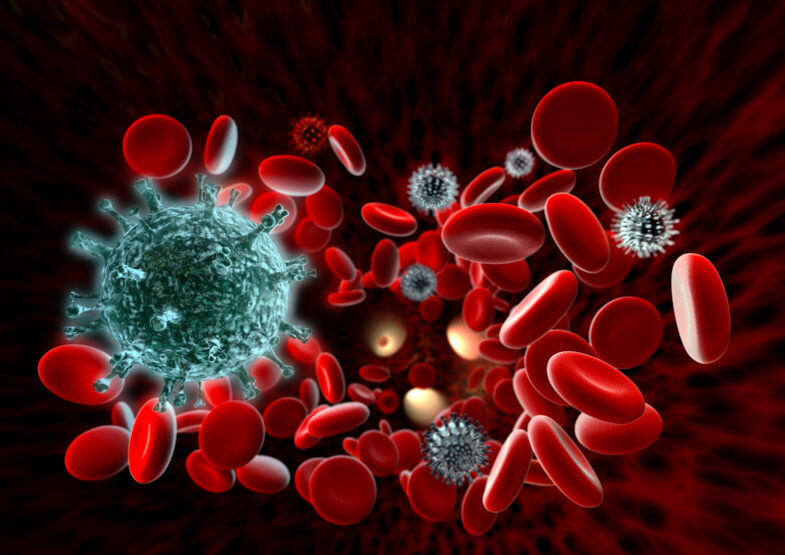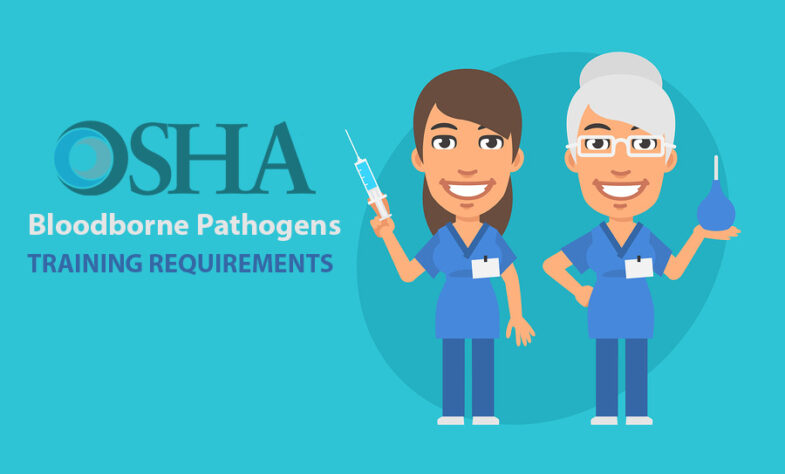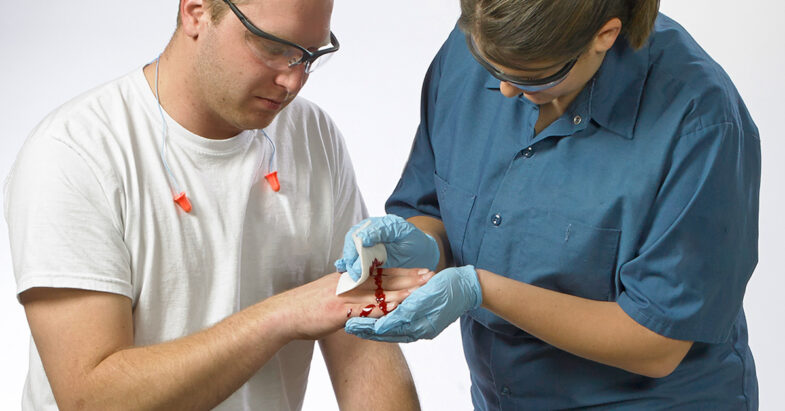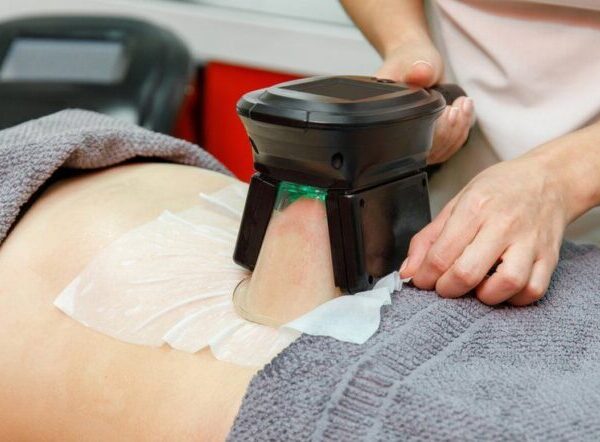In a world where health and safety are paramount, acquiring the necessary skills to protect oneself and others from potential health risks is crucial. One such skill that holds immense importance is obtaining a Bloodborne Pathogens Certification. This certification equips individuals with the knowledge and techniques to prevent the spread of infectious diseases, making it an essential credential for various professions, especially those in healthcare, emergency response, and even some public-facing industries. In this article, we will delve into the significance of a Bloodborne Pathogens Certification and outline the steps to acquire this life-saving skill.
Understanding Bloodborne Pathogens:

Source: osca.com
Bloodborne pathogens are microorganisms, such as viruses and bacteria, that are present in blood and other bodily fluids. They can cause serious diseases, including hepatitis B, hepatitis C, and HIV. Individuals at risk of exposure include healthcare workers, first responders, tattoo artists, and anyone who might come into contact with blood or bodily fluids in their line of work.
Importance of Certification:

Source: nhcps.com
This Certification demonstrates that an individual possesses the necessary knowledge to handle situations involving bloodborne pathogens safely and effectively, allowing them to take proper precautions to prevent the transmission of diseases. This certification not only protects the individual but also the people they interact with, ensuring a safer environment for everyone. If you’re interested to learn more about how this certification can make a significant impact, explore further through accredited training programs and resources.
Steps to Obtain Certification:

Source: bloodbornetraining.com
Find a Reputable Training Provider: Look for training providers that offer certified courses in bloodborne pathogens. These courses are typically available online or through in-person workshops. Ensure that the provider is recognized and accredited.
Select the Appropriate Course: Depending on your industry and level of exposure, there might be different courses available. Choose the one that aligns with your needs. Some courses might offer a general overview, while others could be more specialized for healthcare professionals.
Participate in Training: Engage in the training sessions provided. These sessions cover topics such as how they are transmitted, ways to prevent exposure, and the proper use of personal protective equipment (PPE). The training is designed to equip participants with practical skills and knowledge.
Pass the Examination: Most certification programs require participants to pass an examination to demonstrate their understanding of the material. This exam assesses your knowledge of bloodborne pathogens, their transmission, and the appropriate safety measures to prevent exposure.
Receive Your Certification: Upon successfully passing the examination, you will receive your Bloodborne Pathogens Certification. This credential is often valid for a specified period, after which you might need to renew it by taking a refresher course or exam.
Conclusion:
Obtaining a Bloodborne Pathogens Certification is not only a professional requirement for many fields but also a testament to one’s commitment to health and safety. This certification empowers individuals to handle potentially hazardous situations with confidence, ensuring the well-being of themselves and those around them. By understanding the significance of bloodborne pathogens and following the steps to acquire this certification, individuals contribute to a safer and healthier environment for all.




